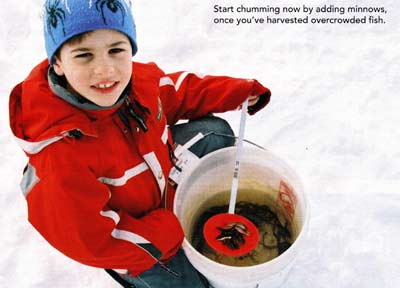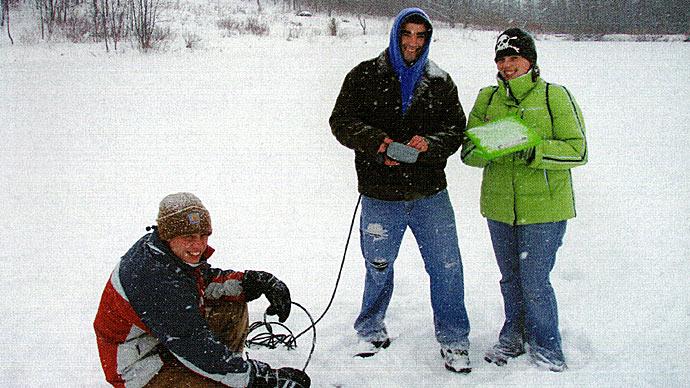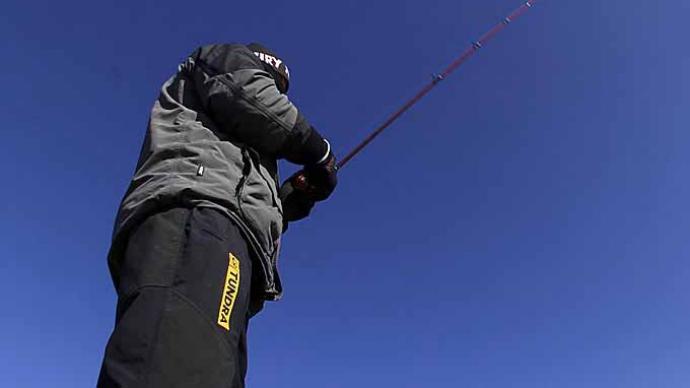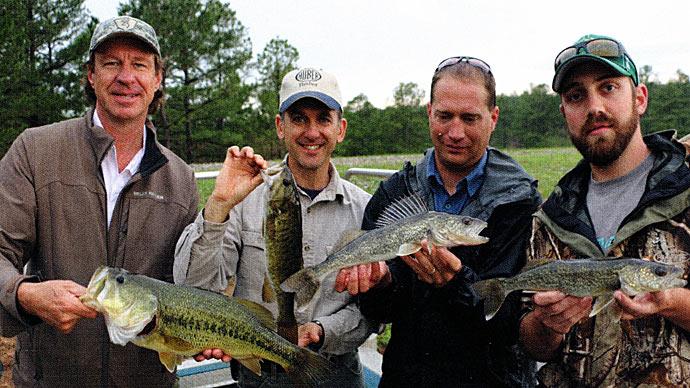
Is your northern pond ready for winter? Why think about that right now, you might ask? What happens with your pond right now, late summer, will directly influence what happens next winter...and how you can enjoy your iced-over puddle next January.
Job One. Think "oxygen". Oxygen dissolves into water in only two ways. The atmosphere replenishes oxygen as water absorbs and exchanges what it needs. Plants take up carbon dioxide and give off oxygen during sunlight hours. When your pond ices over, its connection to the atmosphere is gone. If your ice is cloudy, like most, sunlight cuts off. That means your pond has to make its oxygen living off what's stored there as it freezes.
If your pond's needs exceed its stored oxygen supply, things will suffocate.... especially your fish.
Because of that, give thought now to what might consume that much oxygen. Plants are number one on that list. The more rooted plants you have going into winter, the more oxygen they'll consume under the ice. Look at plants from two ways—dead, or alive. If the plants are alive under ice, they'll respire most of the day, consuming oxygen and giving off carbon dioxide, which affects your pH, a double dose of stress. If plants are dead, they'll decompose, using oxygen to break down as much as possible.
Buy an aquatic plant rake and remove as much mass as possible as your water temperature begins to fall. Taking it out decreases the risk of both decomposition and respiration.
The next piece of the puzzle is a plankton bloom. Some species of plankton can survive colder temperatures, so check water visibility to get an idea of where your pond stands. If visibility is low, consider eliminating your plankton bloom before it dies under the ice on its own. Timing is essential here. Don't take it out too early, but don't wait too long, either. Talk to your pro about this idea.
If you have an aeration system, use it. Most biologists will tell you to shut it off when the water temperature drops to 55 and lower because it becomes irrelevant. You may have a pond where pulling the diffuser into shallower water makes sense and letting it run weeks into the winter. Make that call based on where you live and the shape and depth of your water.
Odds are, if you are this concerned about your pond, you're also thinking about fish. Fish production in northern ponds is peaking in the next few weeks; then, it will slow down as the water temperature drops.
Now is the time to cull some of the under-produces or those which are over-crowded.
Cull the weak and provide food for the stronger ones to build their bodies up for the cold months ahead.
Think about anglers—yes, that means you! Make sure you've got fishable structure on the pond bottom where you expect your fish to congregate under the ice. Chum with minnows from time to time to stoke fish's appetites and set things up for good fishing.
If you want good ice fishing and to decrease your risk of winterkill, right now is the time to get your pond ready.
Reprinted with permission from Pond Boss Magazine



